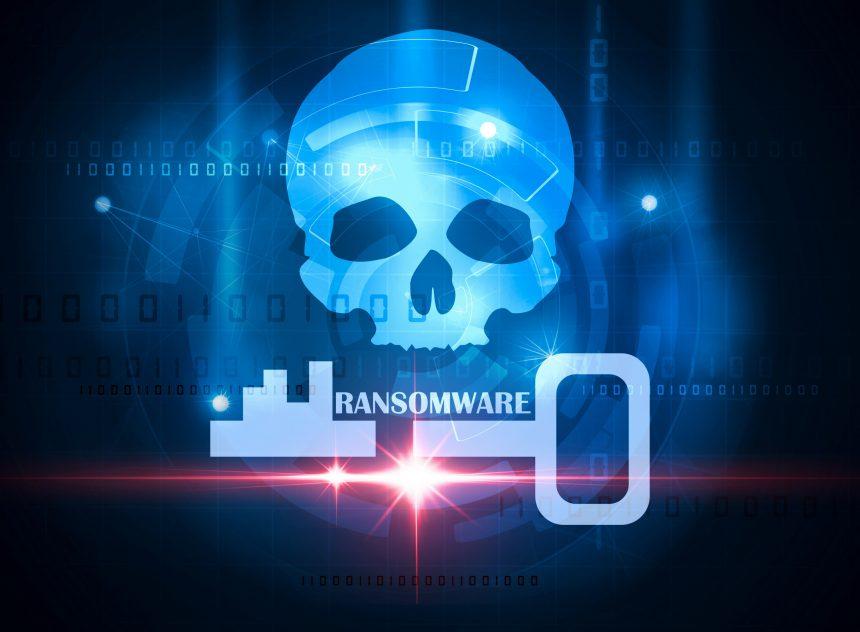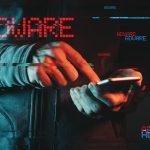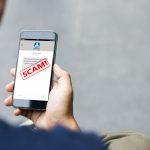Ransomware is a malicious type of malware designed to encrypt files on a victim’s computer, rendering them inaccessible unless a ransom is paid to the attacker. Lockdown ransomware, a new variant of this dangerous form of malware, is designed to extort users by encrypting their files and demanding payment in exchange for the decryption key. This article will explore the threat of Lockdown ransomware, how it infiltrates systems, the damage it causes, and how to remove it. It will also provide steps for preventing future infections and detail the role of anti-malware tools like SpyHunter in safeguarding systems.
What is Lockdown Ransomware?
Lockdown ransomware is a specific ransomware strain that encrypts files on a victim’s computer and appends a unique extension to each file. For instance, files may be renamed from “example.doc” to “example.doc.locked,” which makes them unusable without the decryption key. The threat is typically spread via phishing emails, malicious downloads, or exploit kits that take advantage of system vulnerabilities.
Remove annoying malware threats like this one in seconds!
Scan Your Computer for Free with SpyHunter
Download SpyHunter now, and scan your computer for this and other cybersecurity threats for free!
Once installed on a system, Lockdown ransomware immediately starts its encryption process. It scans the system for common file types, such as documents, images, and videos, then encrypts them using advanced encryption algorithms. This makes the files inaccessible to the user, and the ransomware then drops a ransom note onto the infected system. The note usually contains instructions on how to pay the ransom, often through cryptocurrency, and promises to send the decryption key upon payment. However, paying the ransom does not guarantee that the attacker will decrypt the files.
The Ransom Note
After the encryption process is complete, Lockdown ransomware leaves a ransom note on the system, typically named “README.txt” or something similar. The note informs the victim that their files have been encrypted and offers instructions for purchasing a decryption key. It also warns against trying to recover files using third-party software, claiming it could lead to permanent file loss. The ransom is usually demanded in Bitcoin or another cryptocurrency, making it difficult to trace the payment.
Text in the ransom note:
YOUR COMPUTER HAS BEEN INFECTED
LOCK DOWN RANSOMWARE
Your computer system has been infected by the Lock Down Ransomware
This malware will encrypt all your files and leave you helpless.
Military-grade encryption ensures that you cannot recover your files without our decryption program.
Cooperation is not an option. We will get what we want.
To recover your files:
Purchase our decryption software for $1,500 in Monero.
Send Monero to this address:
46QtL5btfnq85iGrPDFabp4mxGhRbEZJaH67i5LhQsWhCnuiURKVU740bMpf4TcZqgDnENMWaqhpt82vQSEdyBf4Tp1v8Y9
Contact us with Session:
05a2113c19c8686e85aae23b237c0b6cc277131d5e77bd057952f36b1789a02b4c
We are always watching. Do not attempt to contact the authorities.
You have been warned.
How Lockdown Ransomware Infiltrates Systems
Lockdown ransomware can infect a system in several ways, the most common being through malicious email attachments, which can look like legitimate documents or links. Another common attack vector is software vulnerabilities, where hackers exploit outdated software to gain unauthorized access. Once the ransomware is installed, it silently begins encrypting files, and users may not even realize they have been infected until they try to open an encrypted file.
The Purpose and Threat of Lockdown Ransomware
Lockdown ransomware is specifically designed to hold valuable information hostage, demanding payment in exchange for releasing it. This type of malware poses significant risks to both individual users and businesses. For individuals, it can result in the loss of important personal data, including family photos, financial documents, and other vital information. For businesses, ransomware can cripple operations, lead to financial losses, and damage reputations.
Symptoms of Lockdown Ransomware Infection
If Lockdown ransomware is present on your computer, several symptoms can indicate an infection:
- Files have strange new extensions, such as “.locked.”
- You cannot open any of your personal files, such as documents, photos, or videos.
- A ransom note appears in multiple folders on your system, typically named “README.txt.”
- Your system may slow down as the ransomware encrypts files in the background.
- You may notice unusual system activity, such as unexplained hard drive usage or network traffic.
Detection Names for Lockdown Ransomware
Different anti-malware programs may detect Lockdown ransomware under various names. If you suspect your system is infected, check for any of these detection names in your anti-malware scans:
- Ransom.Lockdown
- Trojan.Ransomware.Lockdown
- Win32/Filecoder.Lockdown
- Ransom:Win32/LockdownCrypt
Similar Ransomware Threats
Several ransomware threats share characteristics with Lockdown ransomware. These include:
- WannaCry: One of the most infamous ransomware strains that targets vulnerabilities in outdated Windows systems.
- Cerber: Known for its sophisticated encryption and delivery via phishing emails.
- Cryptolocker: A ransomware strain that encrypts files and demands ransom in Bitcoin.
Comprehensive Lockdown Ransomware Removal Guide
Remove annoying malware threats like this one in seconds!
Scan Your Computer for Free with SpyHunter
Download SpyHunter now, and scan your computer for this and other cybersecurity threats for free!
Removing Lockdown ransomware can be challenging, but following these steps can help you clean your system:
- Disconnect from the Internet: Disconnect your system from the internet to prevent further encryption or communication with the ransomware’s control server.
- Boot into Safe Mode: Restart your computer in Safe Mode to limit the ransomware’s ability to run:
- For Windows 10/11: Press Shift and select Restart. Navigate to Troubleshoot > Advanced Options > Startup Settings > Restart, and choose Safe Mode with Networking.
- For macOS: Restart your Mac and hold Shift during startup.
- Run an Anti-Malware Scan: Use a trusted anti-malware program, like SpyHunter, to scan your system for ransomware and associated malware. Download and install SpyHunter from a clean device or via Safe Mode, and run a full system scan.
- Remove Detected Threats: After the scan, SpyHunter will present a list of detected threats. Follow the program’s prompts to remove all instances of Lockdown ransomware.
- Restore Files from Backup: If you have a backup of your files, restore them after the system is cleaned. Ensure the backup is not infected before proceeding.
- Seek Professional Help: If the ransomware persists or your files are not recoverable, consider seeking help from a cybersecurity professional.
Preventing Ransomware Infections
Preventing ransomware infections requires vigilance and regular system maintenance. Here are some tips to keep your system safe:
- Regularly Update Software: Ensure your operating system, antivirus, and all applications are up to date to prevent exploitation of vulnerabilities.
- Avoid Suspicious Emails: Do not open attachments or click links from unknown or suspicious email sources.
- Back Up Data Regularly: Regularly back up your data to an external device or cloud service to ensure you can restore your files in the event of a ransomware attack.
- Install Anti-Malware Software: Use a trusted anti-malware solution like SpyHunter, which provides real-time protection against ransomware and other malicious threats.
SpyHunter offers a free scan to detect ransomware and other forms of malware on your system. Download it today to safeguard your computer from future attacks.





